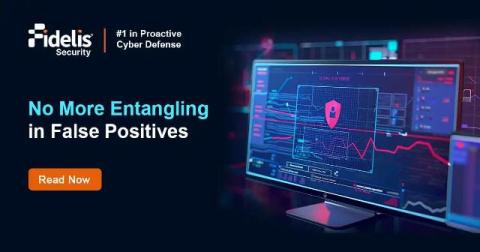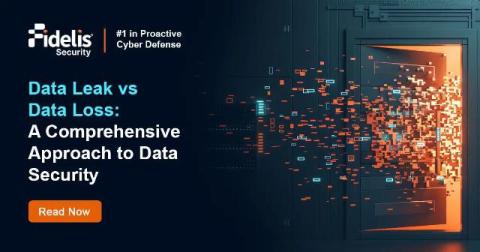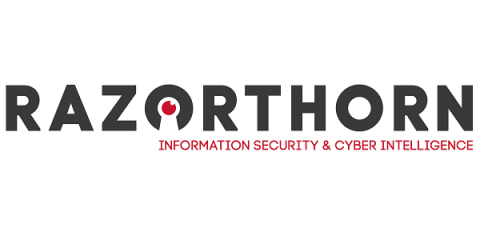Leveraging NDR for Risk-Based Alerting: A Proactive Approach to Cybersecurity
The traditional methods of detecting and mitigating cyberattacks will no longer be adequate as these attacks become sophisticated and frequent. These days, risk-based alerting and network detection and response (NDR) are regarded as essential tools for safeguarding enterprises. By avoiding false positives or low-priority warnings, risk-based alerting allows security teams to concentrate on the high-risk threats, saving time and resources.











